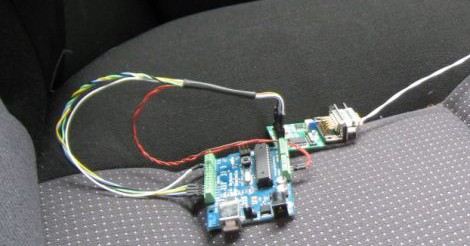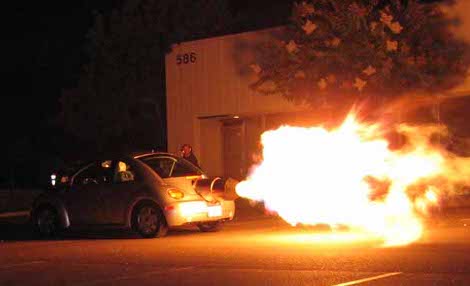On Thursday The Guardian published information linking Samsung to the current Volkswagen emissions fiasco. Samsung is accused of installing a ‘defeat device’ on some televisions that uses less energy during official testing conditions than would be found during real-world use.
“The apparent discrepancy between real-world and test performance of the TVs is reminiscent of the VW scandal that originated in the US last week,” wrote [Arthur Nelson] of The Guardian. This report was based on an unpublished lab test by the research group ComplianTV which found discrepancies between real-world and test performance when measuring power consumption. According to ComplianTV, this is due to the ‘motion lighting’ setting included in some Samsung TVs. Samsung vehemently denies this ‘motion lighting’ saying that it is not a method of cheating the consumption tests.

Not one to let a good controversy go to waste, the BBC reports a Samsung TV will reduce its power draw shortly after the start of the test. A graph of the power draw of a TV – not explicitly a Samsung television – demonstrating this functionality was found in a PDF of a ComplianTV workshop from last year labeled as, “Typical results recognized during testing” with a decrease in power consumption being a recognized behavior when the appropriate test video was found.
This is not the first time ComplianTV tested a Samsung TV equipped with a ‘motion lighting’ setting. Earlier this year, ComplianTV measured the power consumption of the Samsung UE55H8090 television, and found this TV was compliant with energy regulations. Incredibly, all Samsung TVs listed on the ComplianTV database were found to be compliant with the relevant energy directives.
Samsung’s rebuttal to the Guardian article states the ‘motion lighting’ technology is an ‘out of the box’ feature, active in both the lab and at home. Unlike Volkswagen’s ‘defeat device’ for their diesel engines which is only active during emissions testing, the ‘motion lighting’ technology is active whenever it is enabled in the TV’s settings menu.
Anyone in the US who has shopped for a television in the last four years will have noticed cost-per-year estimates for operating the appliance. This is only an issue if the televisions don’t actually meet that advertised benchmark. Until we see a published study we’re raising our eyebrows at The Guardian, easily one of the most trusted journalistic institutions on the planet, and reserving judgement for Samsung.
















